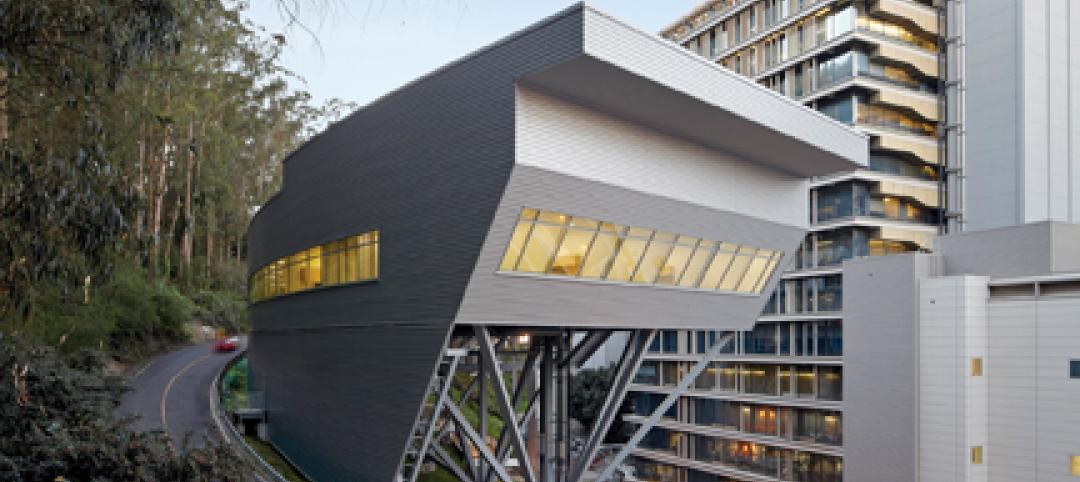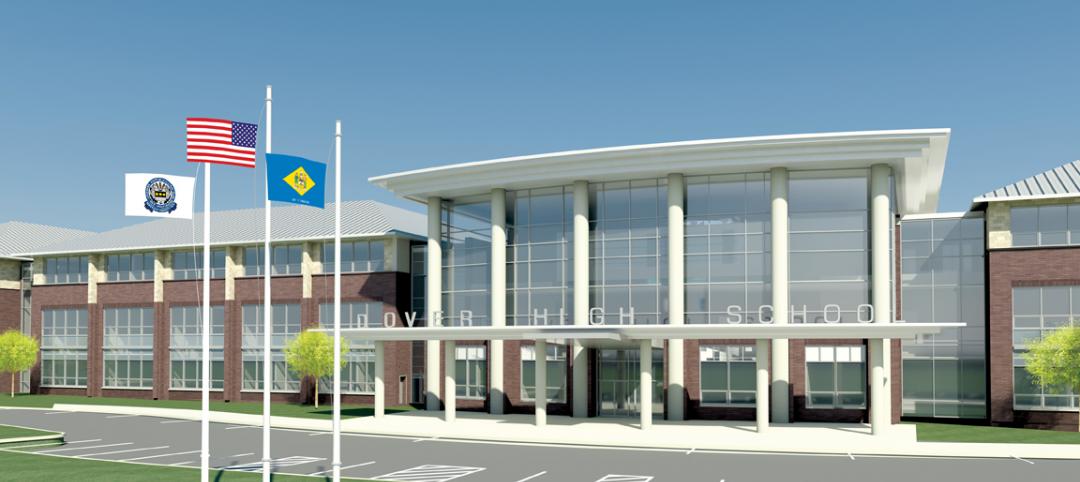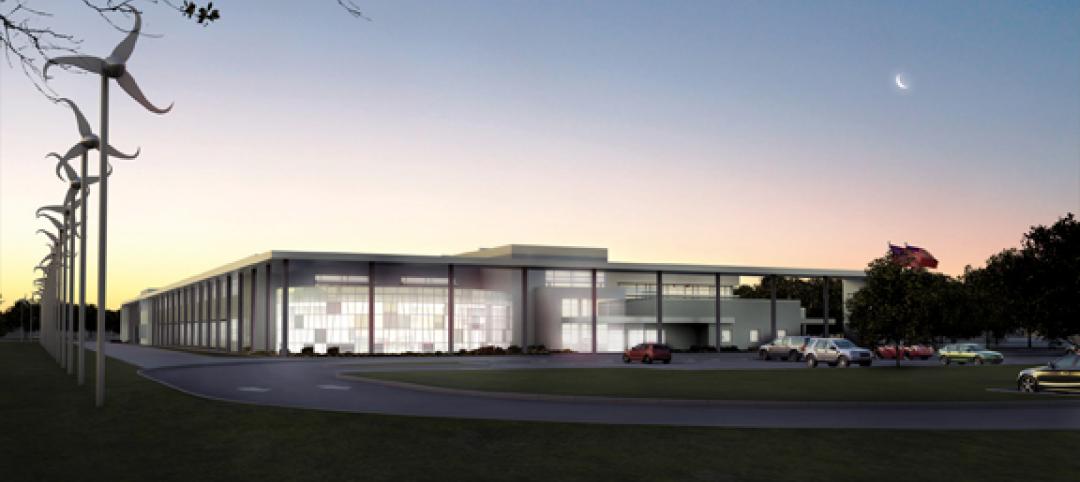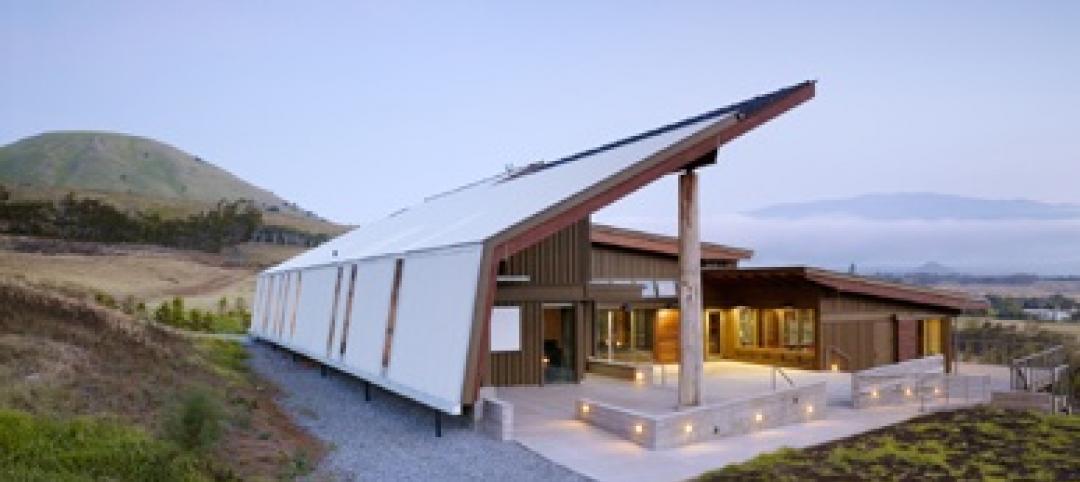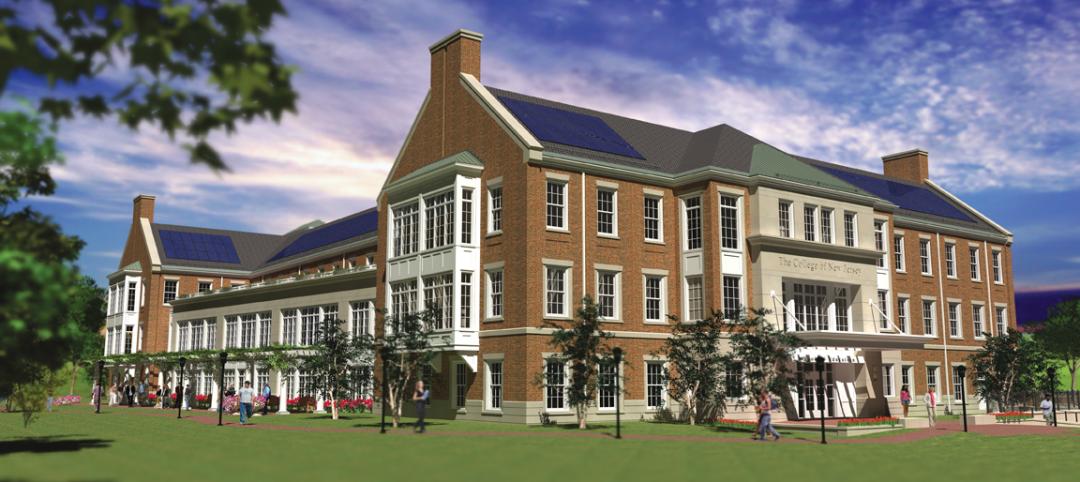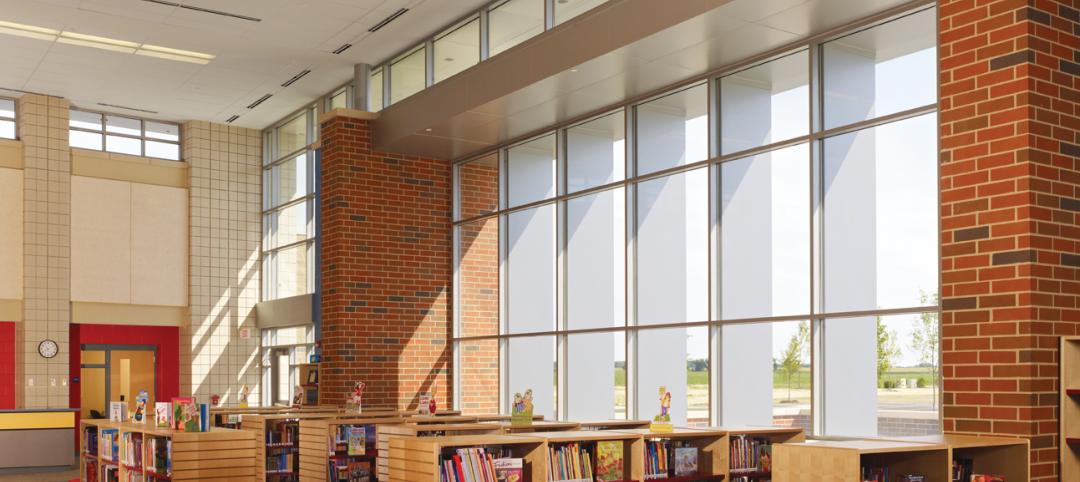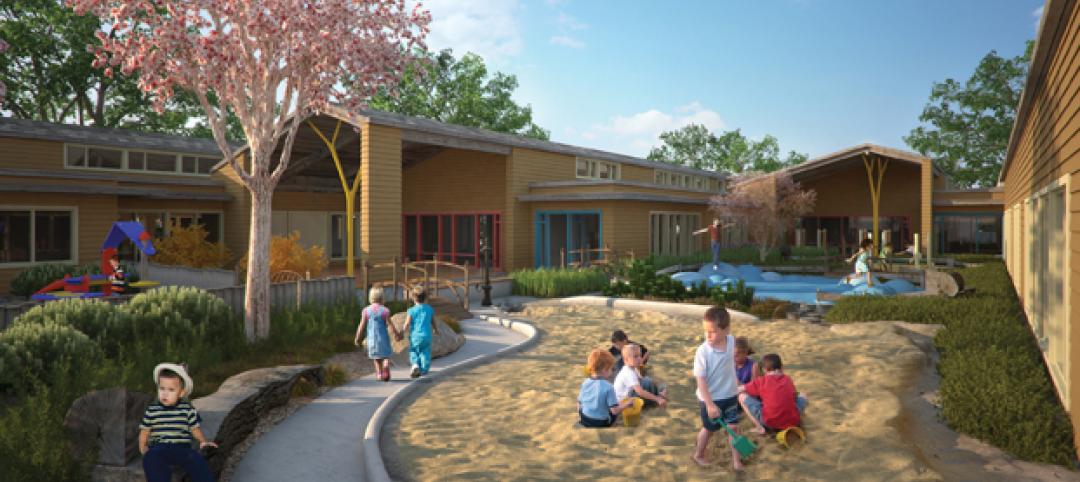About 63,000 adults in Washington D.C.—10% of the area’s adult population—lack high school diplomas. And these are the adults whom the Goodwill Excel Center, this market’s first adult charter high school, hopes to bring back to the educational fold.
Goodwill Industries of Greater Washington opened its first Excel Center in August inside a two-level, 21,500-sf basement space on G Street near the Old Executive Building. Goodwill received 2,055 applications for the 325 seats available. Three quarters of the students in its first class are women, and the ages of the students range from 26 to 39 years old. Seventy percent live in Wards 7 and 8, among D.C.’s poorest.
The D.C. school models itself after the first Excel Center in Indianapolis, which opened in 2010. There are now 11 Excel Centers in central Indiana, as well as in Memphis, Austin, Little Rock, Ark., and South Bend, Ind.
Catherine Meloy, CEO of Goodwill of Greater Washington, says her branch saw the need for an Excel Center after learning that many of the 2,000 applicants for jobs at D.C.’s Marriott Marquis hotel were turned away because their hadn’t graduated from high school. Several others who had a diploma weren’t hired because they couldn’t pass Marriott’s reading and math tests.
The Goodwill Excel Center operates five eight-week terms annually, and estimates it will take most students about two years to complete their education and earn a diploma. Meloy says that some of curricula are dual credited with a local college, and graduates will be credentialed in one of five industries: hospitality, security, healthcare, technology, or energy/utilities.
Beth Buffington, NCARB, LEED AP BD+C, Studio Principal with Little Community Group—which provided interior architecture, sustainable design, and brand communication and design services—recalls that the space Goodwill found for its first Excel Center left a lot to be desired.
“We referred to it as the ‘Minotaur Space,’ ” she says. “The carpets and walls were brown, some of the columns were sloping. It was a tired location. We wanted it to be more open and transparent.”
Little upgraded the artificial lighting, and managed to bring in some natural light, too. It made the finishes lighter, and injected “a hip, business look,” says Buffington, which opened up the walls and ceilings of the basement. Classrooms and learning areas support collaboration. And the layout allows teachers and mentors to be visible and accessible to the students at all times.
The school offers childcare services. And Little worked in graphics and biophilia that sup port Goodwill’s mission to the community.
The Goodwill Excel Center is tuition free, and city’s Office for School Education provides per-pupil financing, a percentage of which helped pay for the renovation. Goodwill Industries kicked in some money, and the group worked with a D.C.-based REIT to get a tenant allowance. The school also has corporate sponsors that include Capitol One and SunTrust.
Meloy says the goal is to have five Excel Centers in the D.C. area, and expects the second school to open by 2018. “The first was meant to be replicable so there would be branding and a consistent color tone,” she says.
Related Stories
| May 18, 2011
Raphael Viñoly’s serpentine-shaped building snakes up San Francisco hillside
The hillside location for the Ray and Dagmar Dolby Regeneration Medicine building at the University of California, San Francisco, presented a challenge to the Building Team of Raphael Viñoly, SmithGroup, DPR Construction, and Forell/Elsesser Engineers. The 660-foot-long serpentine-shaped building sits on a structural framework 40 to 70 feet off the ground to accommodate the hillside’s steep 60-degree slope.
| May 18, 2011
One of Delaware’s largest high schools seeks LEED for Schools designation
The $82 million, 280,000-sf Dover (Del.) High School will have capacity for 1,800 students and feature a 900-seat theater, a 2,500-seat gymnasium, and a 5,000-seat football stadium.
| May 17, 2011
Sustainability tops the syllabus at net-zero energy school in Texas
Texas-based firm Corgan designed the 152,200-sf Lady Bird Johnson Middle School in Irving, Texas, with the goal of creating the largest net-zero educational facility in the nation, and the first in the state. The facility is expected to use 50% less energy than a standard school.
| May 16, 2011
USGBC and AIA unveil report for greening K-12 schools
The U.S. Green Building Council and the American Institute of Architects unveiled "Local Leaders in Sustainability: A Special Report from Sundance," which outlines a five-point national action plan that mayors and local leaders can use as a framework to develop and implement green schools initiatives.
| May 10, 2011
Greenest buildings: K-12 and commercial markets
Can you name the nation’s greenest K-12 school? How about the greenest commercial building? If you drew a blank, don’t worry because our friends at EarthTechling have all the information on those two projects. Check out the Hawai’i Preparatory Academy’s Energy Lab on the Big Island and Cascadia Green Building Council’s new Seattle headquarters.
| Apr 12, 2011
College of New Jersey facility will teach teachers how to teach
The College of New Jersey broke ground on its 79,000-sf School of Education building in Ewing, N.J.
| Mar 15, 2011
What Starbucks taught us about redesigning college campuses
Equating education with a cup of coffee might seem like a stretch, but your choice of college, much like your choice of coffee, says something about the ability of a brand to transform your day. When Perkins + Will was offered the chance to help re-think the learning spaces of Miami Dade College, we started by thinking about how our choice of morning coffee has changed over the years, and how we could apply those lessons to education.
| Mar 15, 2011
Passive Strategies for Building Healthy Schools, An AIA/CES Discovery Course
With the downturn in the economy and the crash in residential property values, school districts across the country that depend primarily on property tax revenue are struggling to make ends meet, while fulfilling the demand for classrooms and other facilities.
| Mar 11, 2011
Oregon childhood center designed at child-friendly scale
Design of the Early Childhood Center at Mt. Hood Community College in Gresham, Ore., focused on a achieving a child-friendly scale and providing outdoor learning environments.



